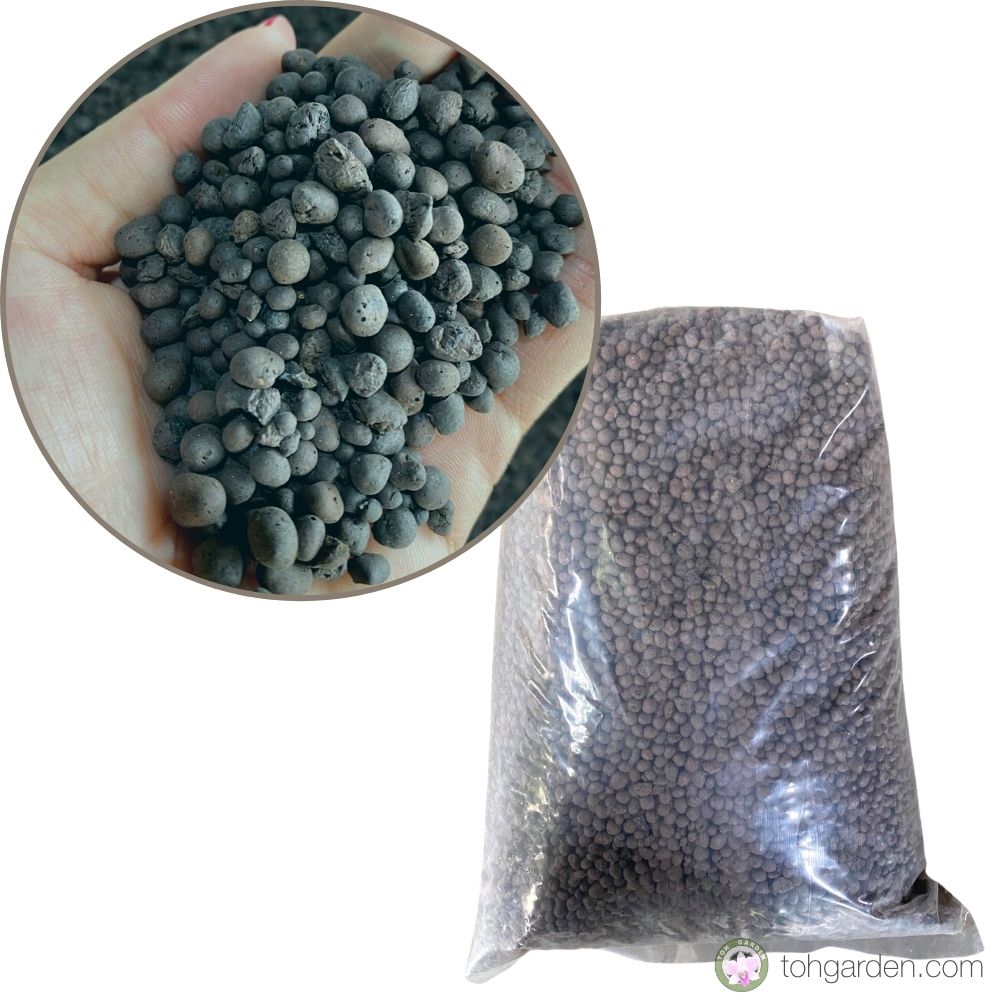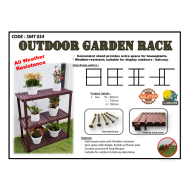Only logged in customers who have purchased this product may leave a review.
Leca Stone / Clay Balls For Hydroponics ( 2kg / 5L )
Leca Stone / Clay Balls For Hydroponics / Hydroponic / Clay Pebbles / Hydroton (5 Ltr)
Why is Leca useful for plants?
Leca is an abbreviation for Lightweight Expanded Clay Aggregate. It doesn’t seem easy, but it’s pretty simple to explain. Leca is essentially a growth medium, similar to dirt, in which you may grow your plants. Leca is a set of baked clay balls that expand when soaked in water.
Because dirt includes nutrients, it is quite simple to feed your plants when you utilize soil. Leca, on the other hand, is devoid of nutrition. So you may be asking why you would ever contemplate utilizing this for plant growth. This is what you’ll learn in this post. After reading this piece, you’ll see why it’s beneficial, and you might even want to give it a try yourself.
Why is Leca useful for growing your plants?
-It is simpler to water your plants.
An essential element of growing your plants in Leca, as I explained in “How to Avoid Overwatering Your Plants,” is that the roots are not allowed to sit in water. When you use Leca, you may make a fake bottom and elevate the roots of your plants from the bottom of the pot. Then, add water until it reaches just beneath the plants’ roots. While keeping the roots away from the water, your clay balls can begin to soak up the water in the container.
Your plants may now select how much water they want on their own. Because your plants aren’t always submerged in water, as is frequently the case with soil, they may sip on the water that has been absorbed by the clay balls. If your plants are really thirsty, they will begin to grow towards the water at the bottom of the container and drink from it directly.
-Root rot is less likely.
When utilizing soil, you water when the soil feels dry or the plant appears to be in a specific state. Watering is considerably easier with Leca since you just water when the water in the pot is gone. The plant has consumed it all, or the clay balls have absorbed it all. Even if the clay balls are still full of water, adding more water will not cause the plant to be overwatered. Your plant will not be overwatered since it decides when and how much to drink. You risk killing the plant and overwatering it by adding extra water while the soil is still wet.
Because the Leca leaves many air spaces between the clay balls, there is also a reduced root rot. This aids in the delivery of oxygen to your plants’ roots. A shortage of oxygen at your plants’ roots is a typical cause of root rot. Leca addresses the problem, and you no longer have to worry about root rot.
-Pest infestations are less likely.
As previously said, you water your plants in Leca when there is no more water at the bottom of the pot. Then, the plant will decide when to drink and will not be overwatered. Because it is extremely difficult to overwater plants in this situation, the risks of root rot are pretty minimal. Bugs will not be drawn to the decaying roots and soil as a result. There will be fewer pests if there are fewer bugs. Another reason why Leca minimizes pests is that, unlike soil, it is not a living growth medium. This implies that it may potentially include insect nutrition. Insects typically transport and cause illnesses in plants, so eliminating them reduces your chances of dealing with a sick plant. Soil is an organic substance that contains nutrients and is “living.”
-It is simple to “check-in” on your plants.
When growing plants in soil, the only time you’ll be able to see the roots is when you’re repotting the plant. You won’t know what the roots look like or how they’re doing between planting and repotting them.
However, if you cultivate your plants in Leca, you will be able to inspect the roots every day if you so choose. This is not something you should do since certain plants are sensitive to change. Every week or every two weeks, I clean the majority of my plants that thrive in Leca. I also clean, or at least rinse, the Leca throughout this procedure. This allows me to inspect the plant roots. This is demonstrated by the image at the top of this page. I can monitor the growth of the roots and modify the plant’s position in the container accordingly.
The ease with which you can “check-in” on your plant is what enabled me to save my Alocasias from imminent death. I removed rotten roots as soon as I noticed them and avoided future rotting by thoroughly cleaning the plant. This required a significant amount of effort, but my plants are repaying me by growing anew.
$7.70 $8.39 (Including GST)
Out of stock















Reviews
There are no reviews yet.